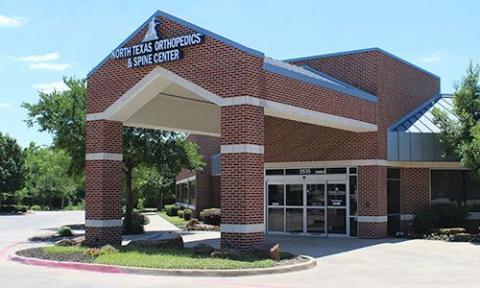Carpal Tunnel Syndrome: Understanding the Numbness in Your Hands
Carpal Tunnel Syndrome (CTS) is a common condition that affects millions of people worldwide, causing numbness, tingling, and sometimes pain in the hand and wrist. This blog post will delve into the causes, symptoms, diagnosis, and treatment options for this prevalent nerve compression disorder.
What is Carpal Tunnel Syndrome?
Carpal Tunnel Syndrome occurs when the median nerve, which runs from the forearm into the palm of the hand, becomes compressed within the carpal tunnel. This narrow passageway is formed by the carpal bones on the bottom and sides of the wrist and the transverse carpal ligament across the top.
Anatomy of the Carpal Tunnel
The carpal tunnel houses nine flexor tendons that control finger movement and the median nerve. When the median nerve is compressed, it can lead to the characteristic symptoms of CTS.
Symptoms of Carpal Tunnel Syndrome
The most common symptoms of CTS include:
- Numbness and tingling in the thumb, index, middle, and ring fingers
- Symptoms that worsen at night, often disrupting sleep
- Discomfort while driving or holding objects for extended periods
- The urge to “shake out” the hand to alleviate symptoms
- Difficulty handling small objects as the condition progresses
- Tendency to drop things due to weakened grip strength
Diagnosis
Diagnosing CTS typically involves a combination of:
- Clinical examination by a healthcare provider
- Patient history and symptom description
- Nerve conduction studies to confirm the diagnosis and assess severity
Treatment Options
Non-Surgical Treatments
- Nighttime Bracing: Wearing a wrist brace while sleeping helps maintain a neutral wrist position, reducing pressure on the median nerve.
- Steroid Injections: Cortisone injections can effectively reduce inflammation around the nerve, providing temporary relief.
Surgical Treatments
If conservative measures fail or symptoms are severe, surgery may be recommended. There are two main surgical approaches:
- Endoscopic Surgery:
- Minimally invasive technique
- 1.5cm incision in the wrist crease
- Uses a camera for visualization
- Usually performed under general anesthesia
- Open Surgery:
- 3cm incision in the palm
- Can be performed under local anesthesia
- Preferred for revision surgeries or patients with medical conditions that preclude general anesthesia
Both surgical techniques aim to release the transverse carpal ligament, reducing pressure on the median nerve.
Prevention and Management
While not all cases of CTS can be prevented, certain measures may help reduce risk or manage symptoms:
- Maintaining proper wrist posture during activities
- Taking regular breaks during repetitive tasks
- Strengthening exercises for the hands and wrists
- Ergonomic adjustments to workstations
Conclusion
Carpal Tunnel Syndrome, while common, can significantly impact daily life if left untreated. Recognizing the symptoms early and seeking appropriate medical care can lead to effective management and prevention of long-term complications. Whether through conservative treatments or surgical intervention, relief from CTS symptoms is achievable for most patients.
Remember, if you’re experiencing persistent numbness, tingling, or pain in your hands, consult with a healthcare professional to determine if Carpal Tunnel Syndrome might be the cause.
Citations:
[1] https://www.mayoclinic.org/diseases-conditions/carpal-tunnel-syndrome/symptoms-causes/syc-20355603
[2] https://orthoinfo.aaos.org/en/diseases–conditions/carpal-tunnel-syndrome/
[3] https://www.hopkinsmedicine.org/health/conditions-and-diseases/carpal-tunnel-syndrome
[4] https://my.clevelandclinic.org/health/diseases/4005-carpal-tunnel-syndrome
[5] https://medlineplus.gov/ency/article/000433.htm
[6] https://www.niams.nih.gov/health-topics/carpal-tunnel-syndrome
[7] https://www.webmd.com/pain-management/carpal-tunnel/carpal-tunnel-syndrome
[8] https://www.ncbi.nlm.nih.gov/books/NBK448179/



